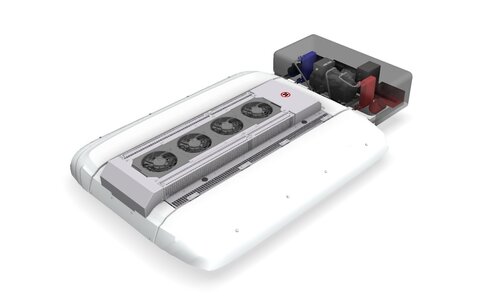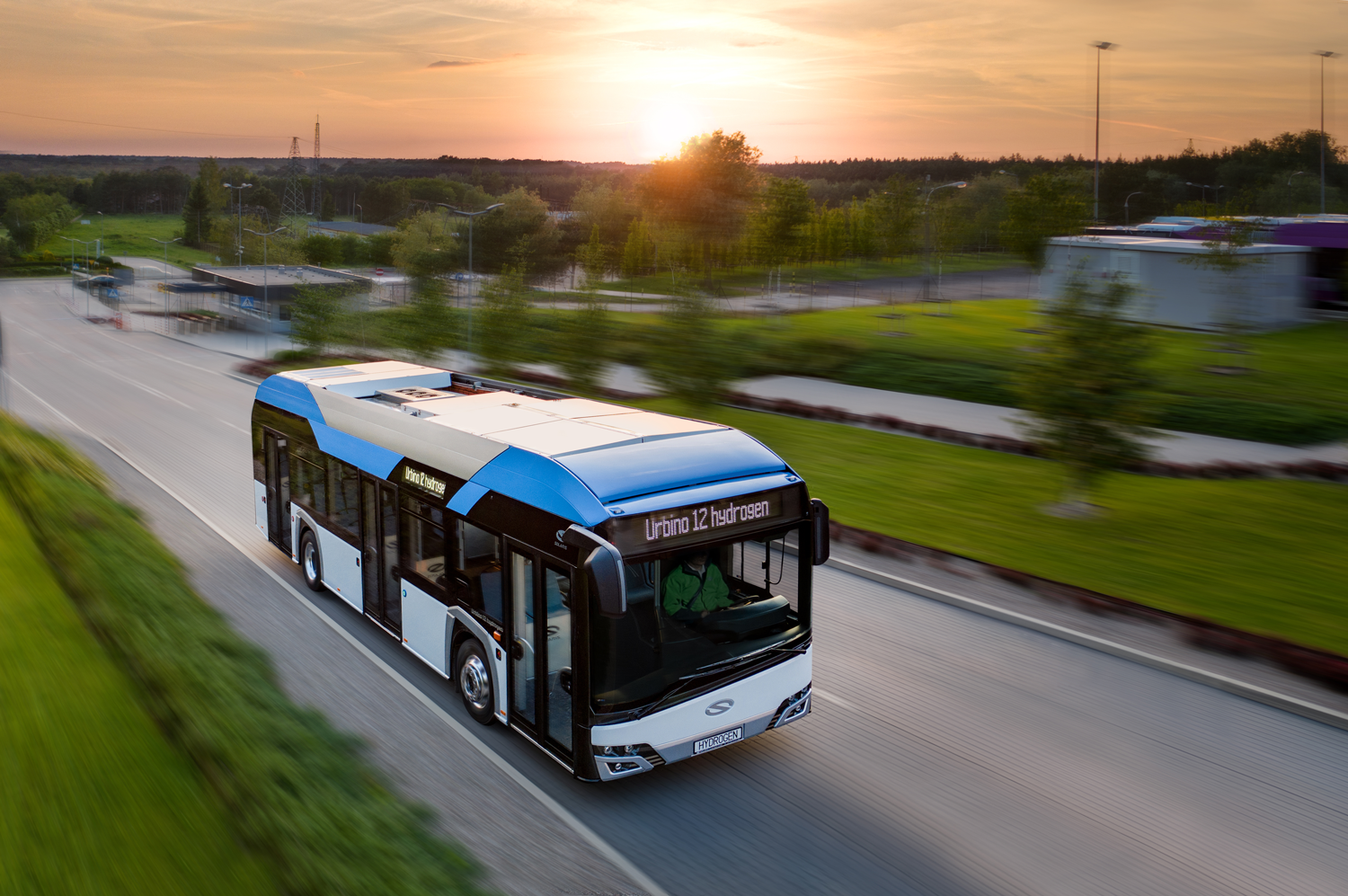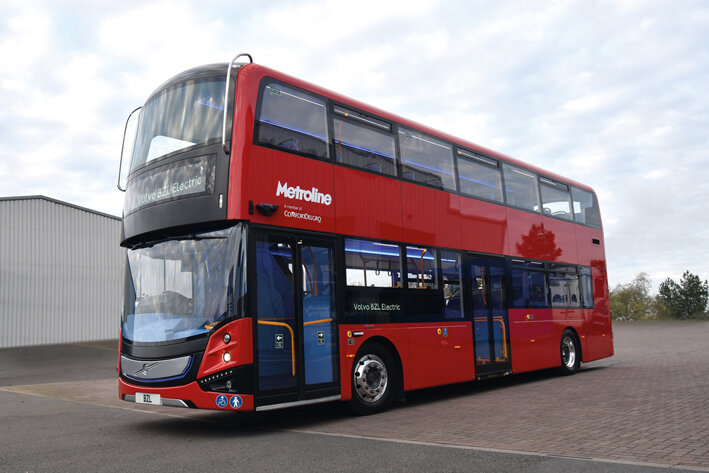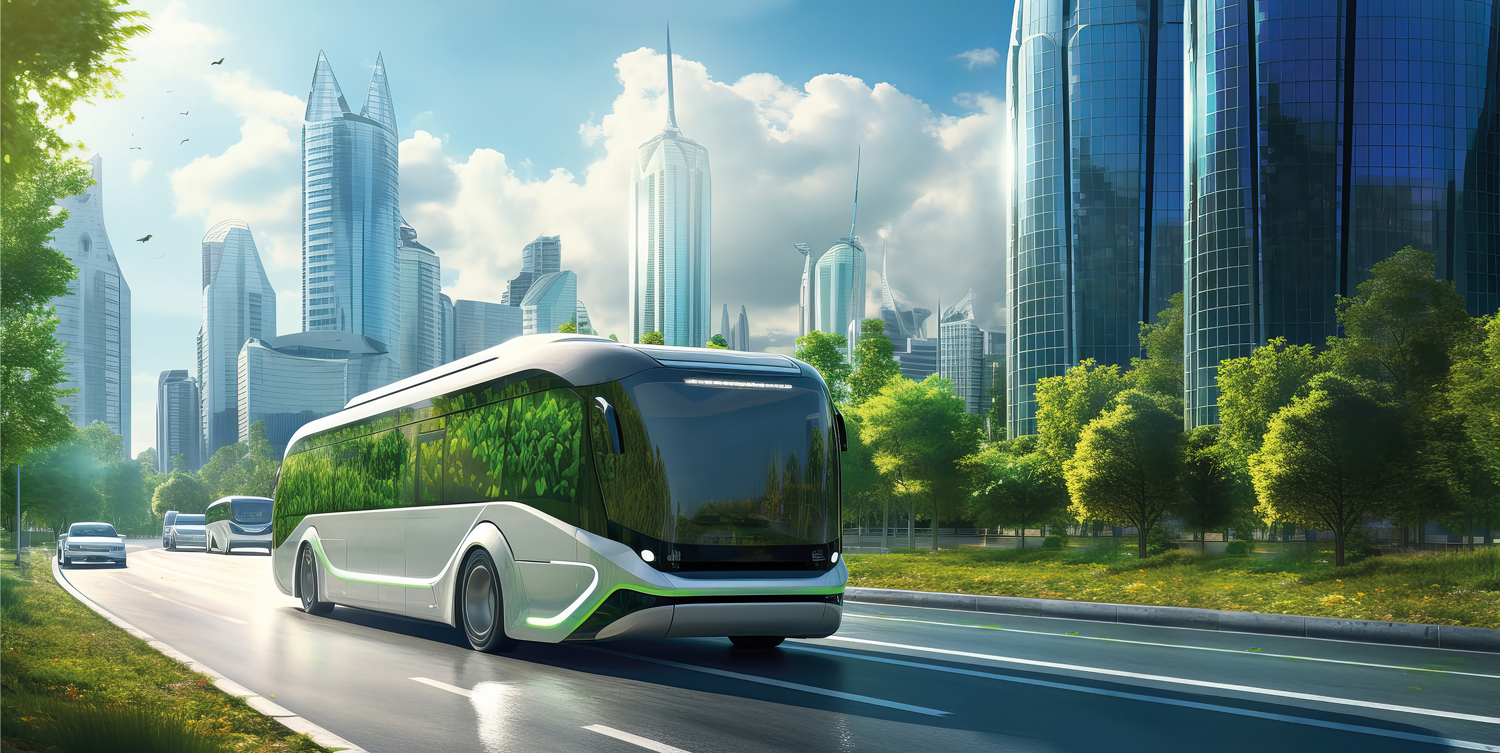The competitive edge: CO2 heat pump systems in electric buses
Background
EU Clean Vehicle Directive and local policies (emission-free cities) are moving the market for city and intercity buses towards electric drive trains. Electric drive systems are mainly relying on energy storage in batteries or hydrogen. Fuel cell technology is not mature yet due to lower energy efficiency (approx. 65%) and unsolved challenges for generating and transporting green hydrogen on a large scale; so battery electric vehicles (BEV) currently state a market share of >95%.
HVAC systems have become essential in public transportation to improve passenger experience and increase safety by demisting windscreens.
Up to 50% of the BEVs’ energy consumption is required for climate control (esp. heating), decreasing vehicle range, requiring larger energy storage thus increasing cost and weight.
Electric heaters suffer from a very low Coefficient of Performance (COP) of approx. 0.8-0.9, i.e. energy input is higher than the output.
Heat pump systems, common in modern commercial and private buildings, provide higher COPs. Heat pumps are refrigeration machines running in reverse cycle; depending on the refrigerant used different COP levels can be achieved.
To improve efficiency, heat pump systems operating on standard automotive refrigerants (R134a, R407C) were introduced to bus industry.
These systems provide basic functionality but run with low COPs only and are not suitable for outside temperatures below -5°C. Below that temperature point vehicles fully need to rely on electric or diesel heaters, jeopardizing clean vehicle directive.
Konvekta approach
Commercial refrigeration has largely moved to CO2 based systems due to is favorable physical and chemical properties
1. Excellent COP
2. Natural refrigerant (unlike complex chemicals)
3. Non-flammable
4. Ubiquitous
5. Low-cost
Konvekta developed a roof-mounted CO2 heat pump for electric buses that can
operate in ambient conditions from -20°C to +45°C without requiring additional electric heating. This covers the temperature profile of the temperate climate zone and allows year-round vehicle operation.
Cold peaks in subpolar regions are covered by optional in-circuit heaters that are seamlessly integrated by software-control to have the vehicle always running at the best possible efficiency
Series production started in 2018 backed by two leading OEMs for electric buses; more than 1,000 units are in successful city bus operation across Europe.
Conclusion
Although CO2 heat pump systems increase the invest by approx. 10,000 EUR/vehicle compared to a standard low-
efficiency heat pump, the systems in comparison to other alternatives significantly reduce BEVs’ energy consumption.
This allows savings on battery systems and operating cost; in addition, CO2
systems require less maintenance and spare parts.
Depending on the mileage a return on invest can be expected after 5 years creating additional benefits for operators.
Considering technical and commercial aspects, CO2 heat pumps are the most preferable technology for electric bus fleets.
Key advantages of Konvekta CO2 heat pump systems
- Water-based system providing hot and cold water simultaneously to all consumers (e.g. convectors or demister)
- Vehicle and field validation completed (SoP 2018)
- Fast integration of existing solutions for quick vehicle development in a fast moving market
- best energy efficiency in industry, Dynamic Modeling Laboratory (Dymola) data support
- R744 (CO2) refrigerant not subject to future regulatory actions (F-gas phase-down)






